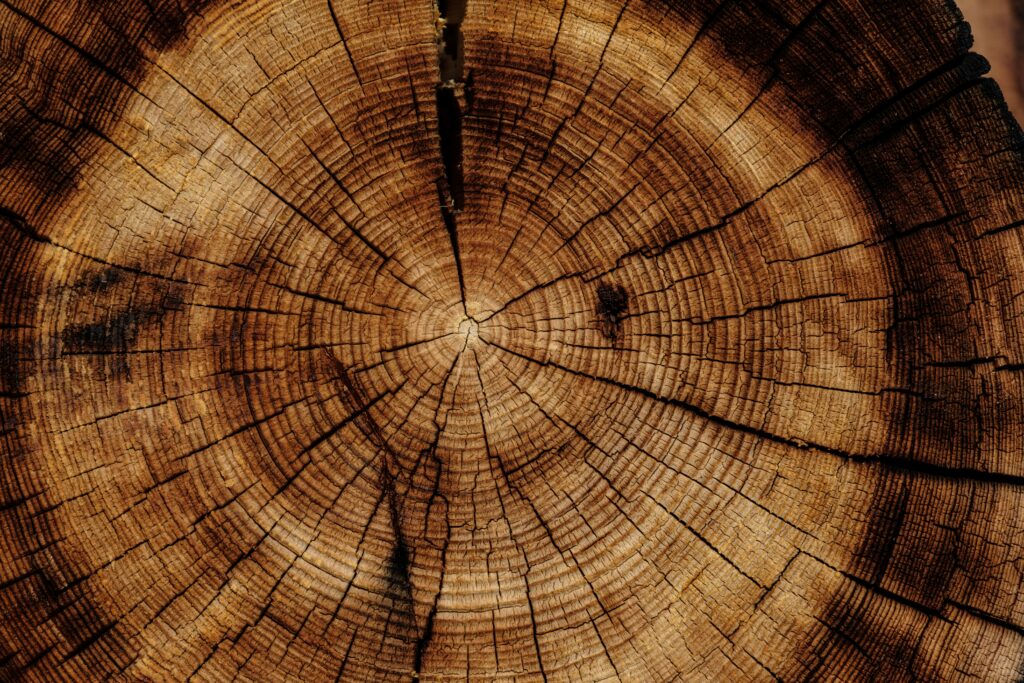Spring is the Maiden, full of youth, curiosity and new beginnings.
Summer and fall are the Mother, whether she’s nurturing children, ideas or community.
And winter? That’s the Crone, the wise elder who brings rest, reflection and endings.
Each phase—and each season—offers its own wisdom.This weekend, we celebrated Imbolc, a Wiccan holiday that marks the shift from winter to spring. It begins at sundown and ends at sundown the next day. Imbolc is about stirring from rest, lighting little fires of hope, and setting gentle intentions for what’s to come. It’s also full of symbolism—especially circles, to remind us of the turning wheel of the year.We began our celebration by sweeping out the winter. The kids each grabbed a little broom and ran in a big circle around the yard, laughing and sweeping away the cold and gloom to make space for spring’s light. Circles were everywhere, reminding us of the cycle of life, death and rebirth.
Next, we gathered for a moment of stillness. We spoke softly about what spells really mean in Wicca—not sparkles and potions, but setting intentions, kind of like meditation or the affirmations we whisper to ourselves when we need courage or focus. Want to fly high on the swings? Tell yourself, “I can do it.” That’s a kind of spell.
After that, we opened a few small presents and moved on to a craft—painting birdhouses—a way of welcoming back the birds and helping spring feel invited to return. Then came the intention spell.
Each child wrote one meaningful word on a bay leaf—something they hoped for in the coming season. Then, with help from the grown-ups, we burned the bay leaves and sent those hopes off into the universe, carried by the smoke like whispers on the wind.
We finished with warm cinnamon rolls—soft spirals, another nod to the circular year—and mugs of tea. The final moment was a poem, chanted together in rhythm:
Winter is a time for rest
Maiden, mother, crone
Burrow down deep in your nest
Maiden, mother, crone
Sleep and heal and patch and mend
Maiden, mother, crone
Learning that all stories end
Maiden, mother, crone
Goodbye crone, you coldest year
Maiden, mother, crone
Hello maiden, spring is near
Maiden, mother, crone
Thank yee crone, we learned your lesson
Maiden, mother, crone
Keen and ready for spring’s blessin’
Maiden, mother, crone
Image Credit: vojtech Havlis











